
Showy Orchis (Galearis spectabilis), an early-blooming orchid
On this page I have posted images of some of the wildflowers I found traveling in Maryland and near-by states in the spring of 2001. This was before I obtained my first digital camera, meaning that these images are scanned from slides. As I did not have a tripod, all shots were also taken hand-held. Image quality is therefore not the best. I have tried to name the species, but as I am not too familiar with the local flora, I assume there could be plants that are wrongly named on this page.
I don't remember exactly were I found all the species, but I assume almost all of the photos on this page were taken in either Maryland or Virginia. Many of the photos shown here are probably from nature reserves in Virginia, and then especially from Shenandoah National Park. With more than 850 species of flowering plants, Shenandoah is one of the best places to see wildflowers in the Eastern US, and I went there several times.
Some of the species shown here are also common in Europe, as I could recognise several plants I have previously seen in Norway. Other species have been introduced to the US, and are today considered invasive and unwanted.
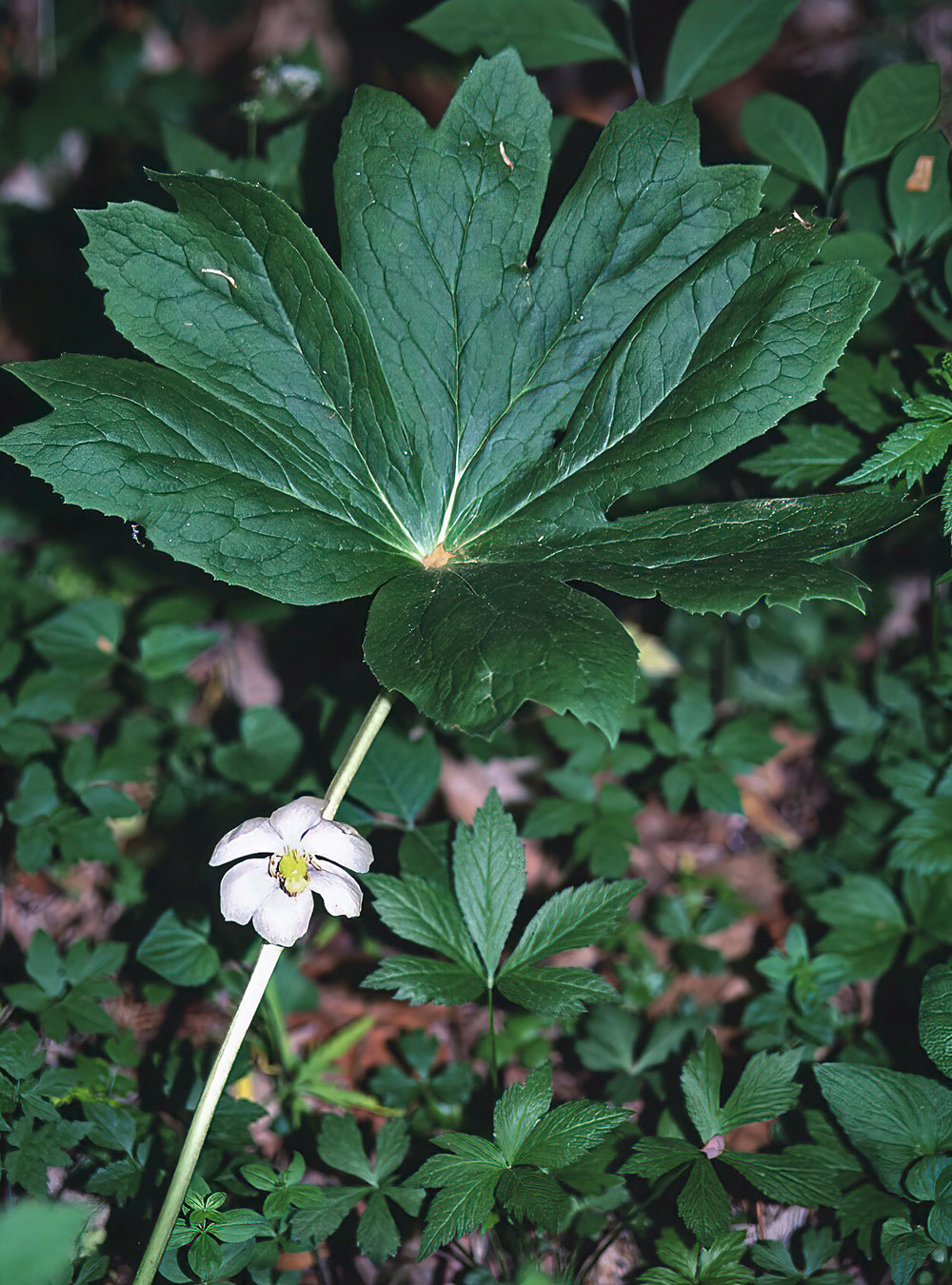
Mayapple (Podophyllum peltatum)

The Common Snowdrop (Galanthus nivalis) is also an early-blooming wildflower, Maryland
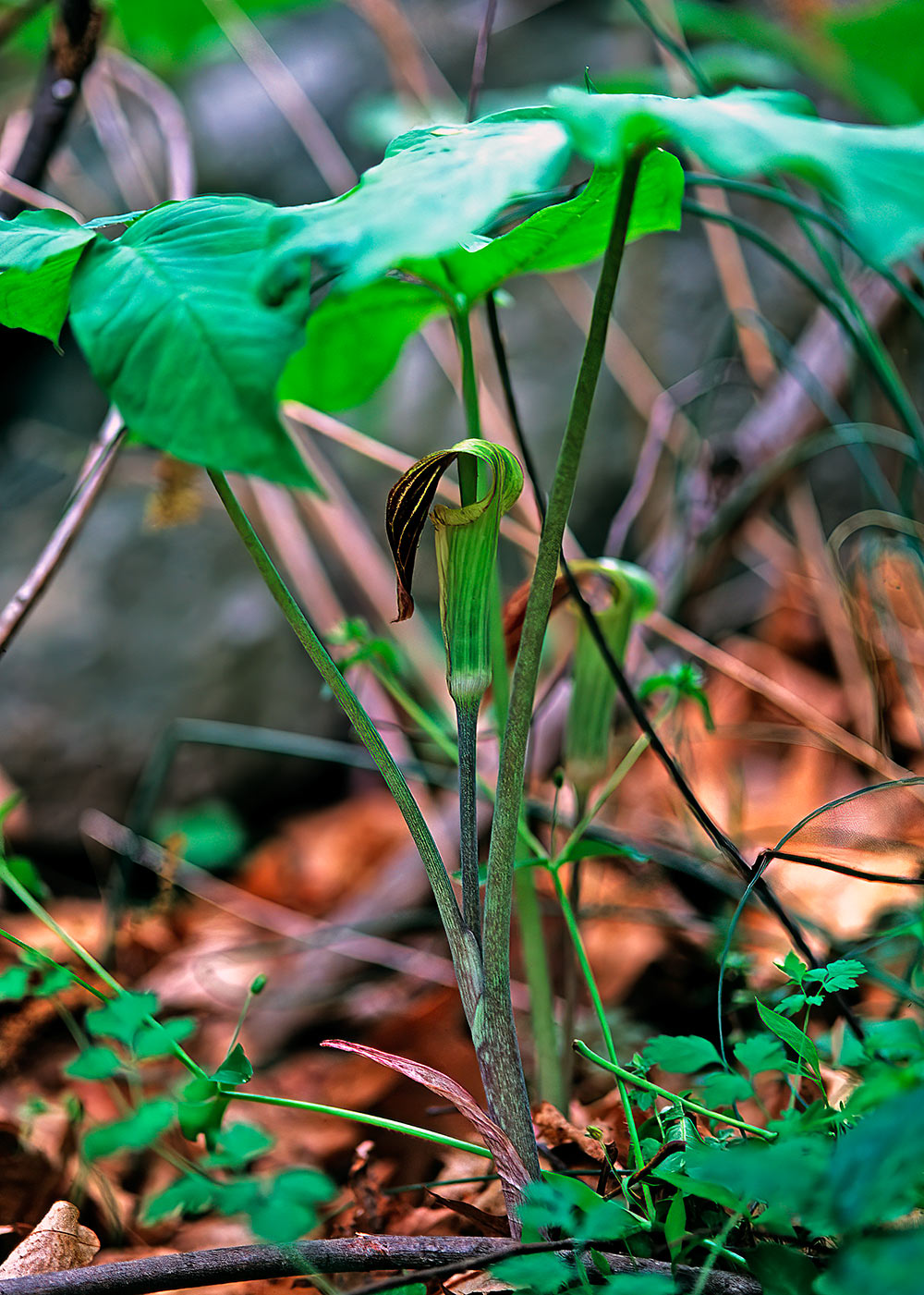
Jack-in-the-Pulpit (Arisaema triphyllum) is a widespread early-blooming East Coast plant

Jack-in-the-Pulpit is a strange and very interesting plant. It can switch sex from one year to the next. Further, it get pollinated by fungus gnats, and while male plants lets the gnat out through a hole in the bottom of the tube femal plants keep the gnat until they die
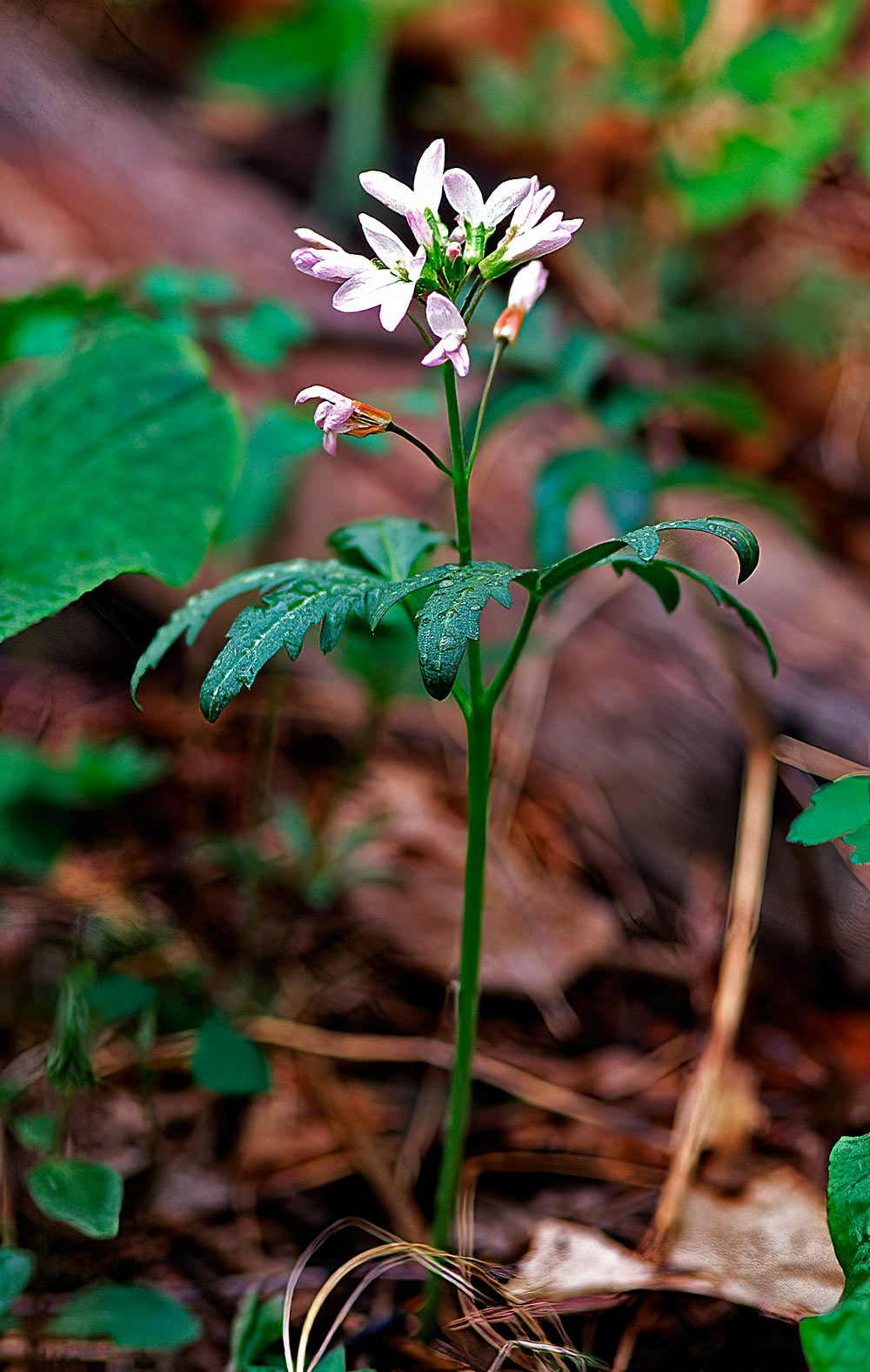
Cutleaf Toothwort (Cardamine concatenata)
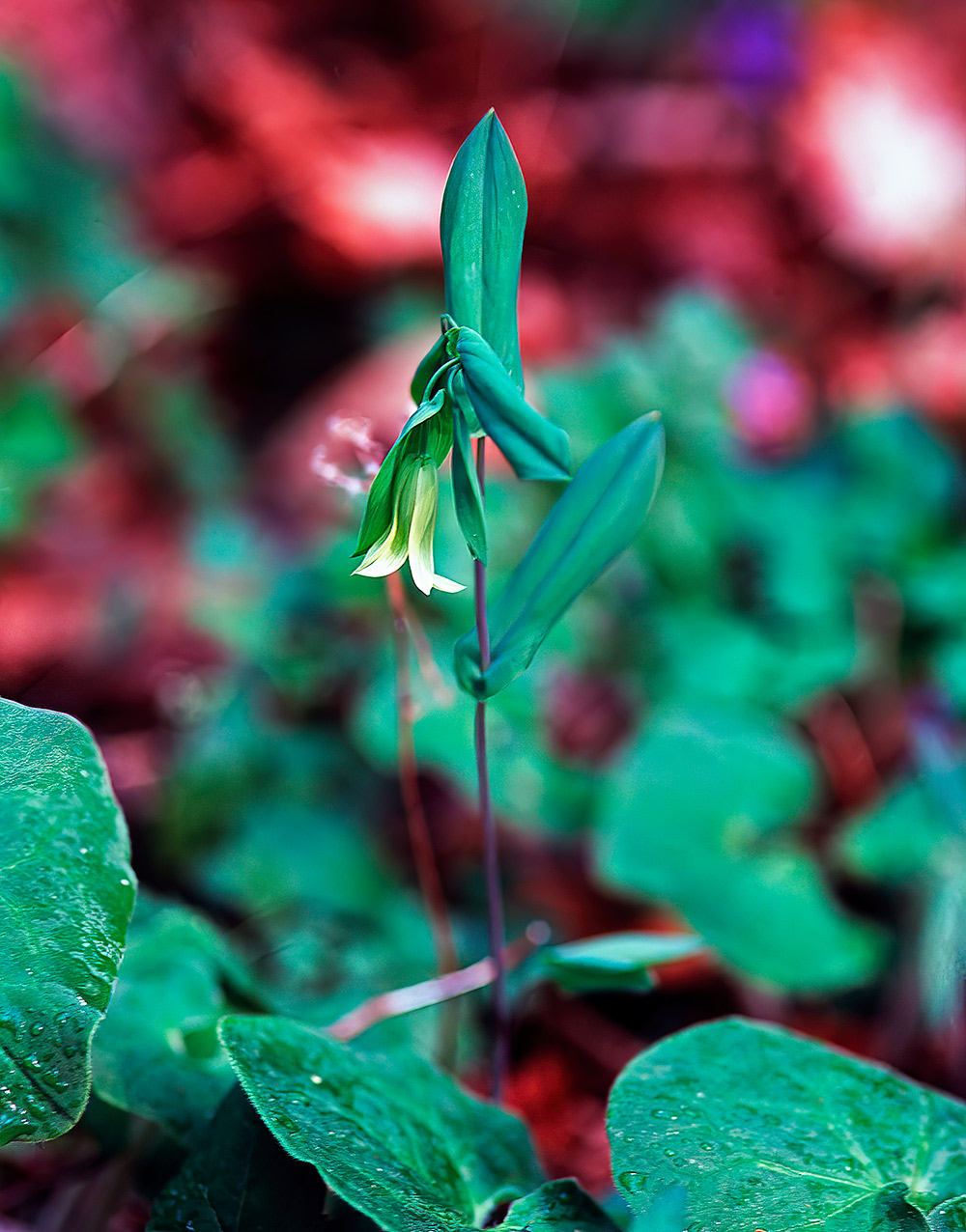
Perfoliate Bellwort (Uvularia perfoliata)

Trout Lily (Erythronium americanum), Maryland

Virginia Springbeauty (Claytonia virginica), Maryland

Bluet species (Houstonia sp.), Maryland

Unknown fern, Virginia

Possible Chives (Allium schoenoprasum) ("grasløk")

Virginia Waterleaf (Hydrophyllum virginianum)

Dwarf Ginseng (Panax trifolius), Virginia

Common Blue Violet (Viola sororia)
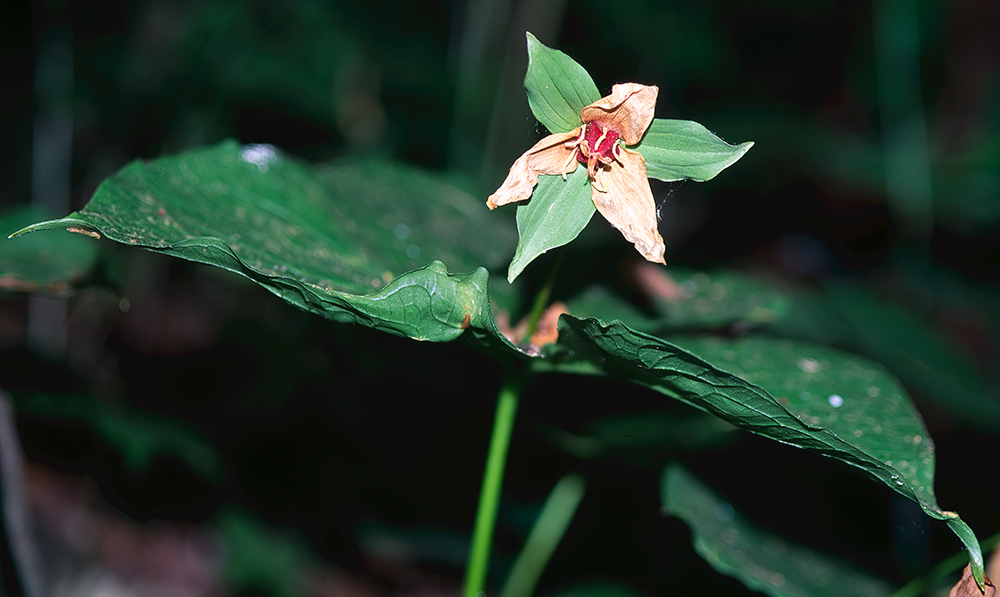
A withering Red Trillium (Trillium erectum)
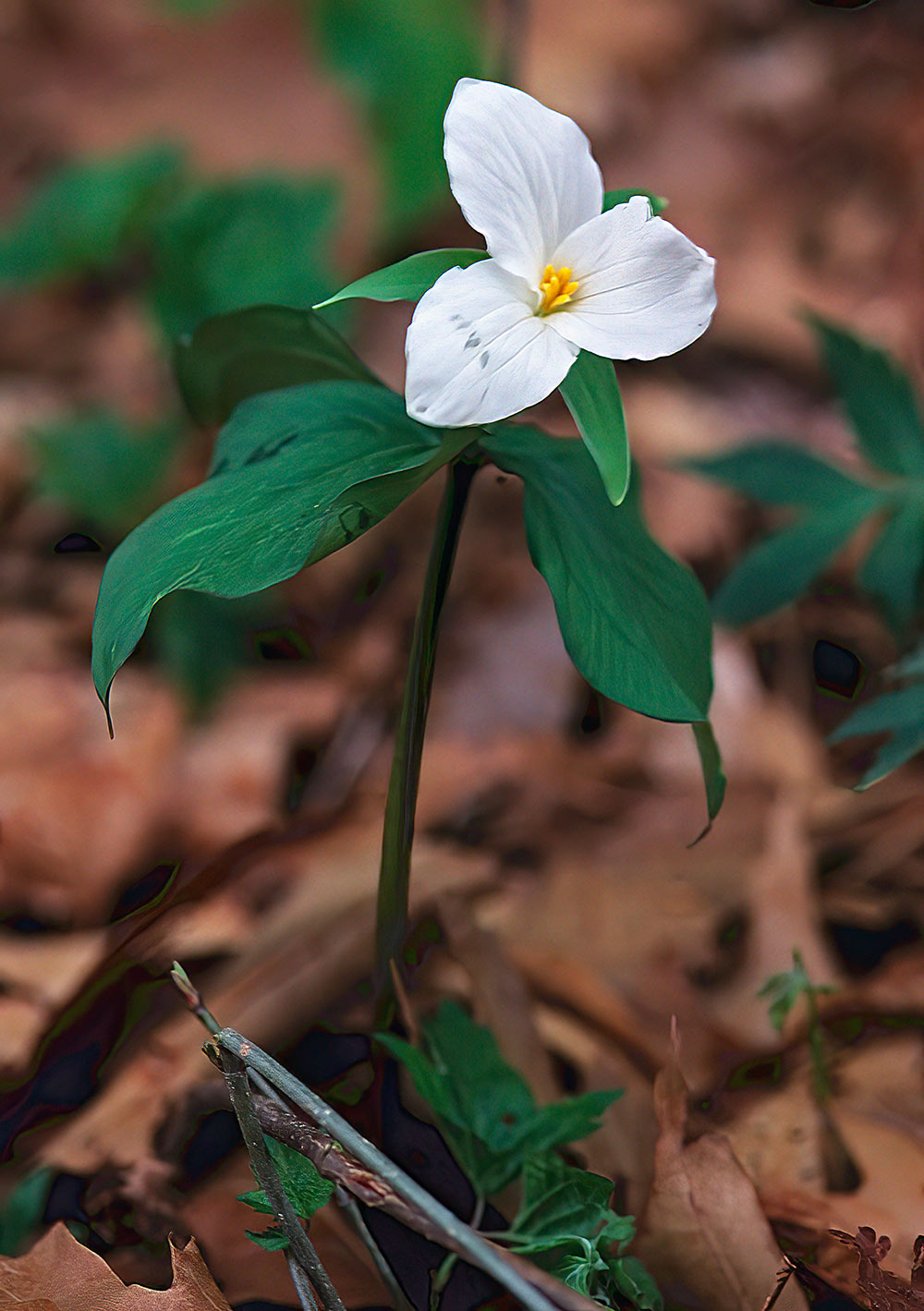
Large-flowered Trillium (Trillium grandiflorum), Shenandoah National Park

Rue-anemone (Thalictrum thalictroides), Virginia

Maybe Bristly Buttercup (Ranunculus hispidus), Shenandoah National Park forest

Maybe Dwarf Cinquefoil (Potentilla canadensis), Virginia

Maybe Virginia Strawberry (Fragaria virginiana), Shenandoah National Park

Great Laurel (Rhododendron maximum), Virginia

Woods-Poppy (Stylophorum diphyllum), Virginia

Christmas Fern (Polystichum acrostichoides) in Shenandoah National Park

Northern Maidenhair Fern (Adiantum pedatum), Shenandoah National Park
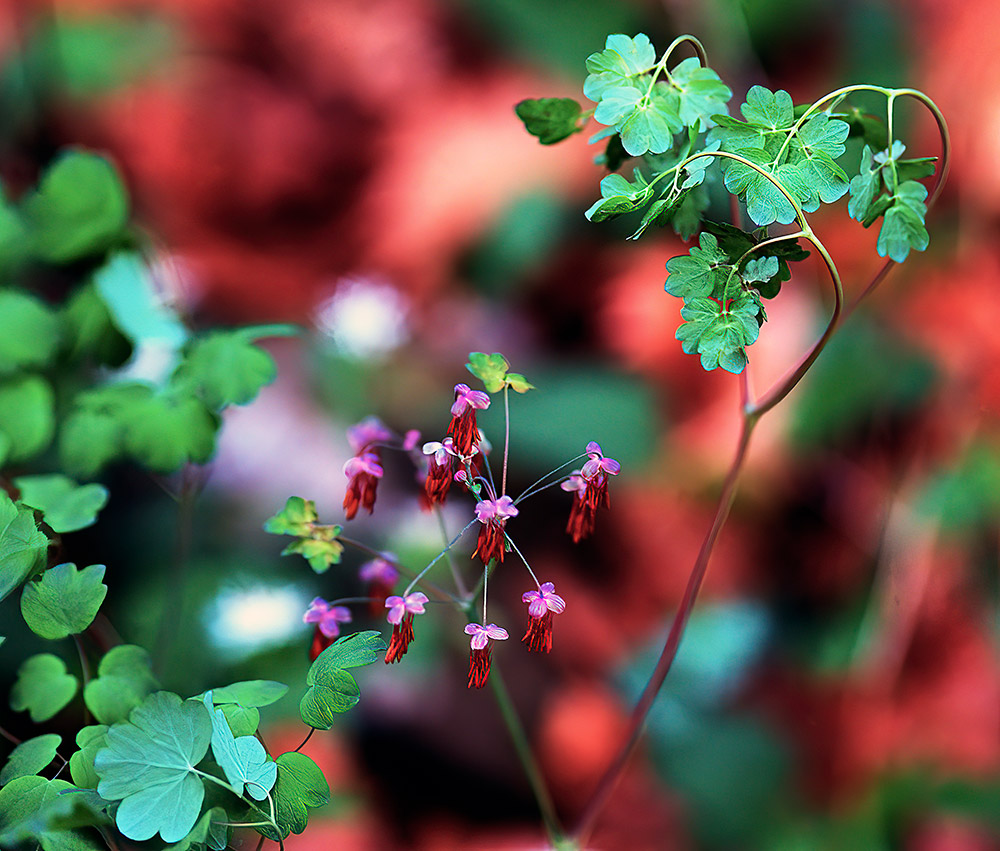
Early Meadow Rue (Thalictrum dioicum)

Maybe Purple False Foxglove (Agalinis purpurea)
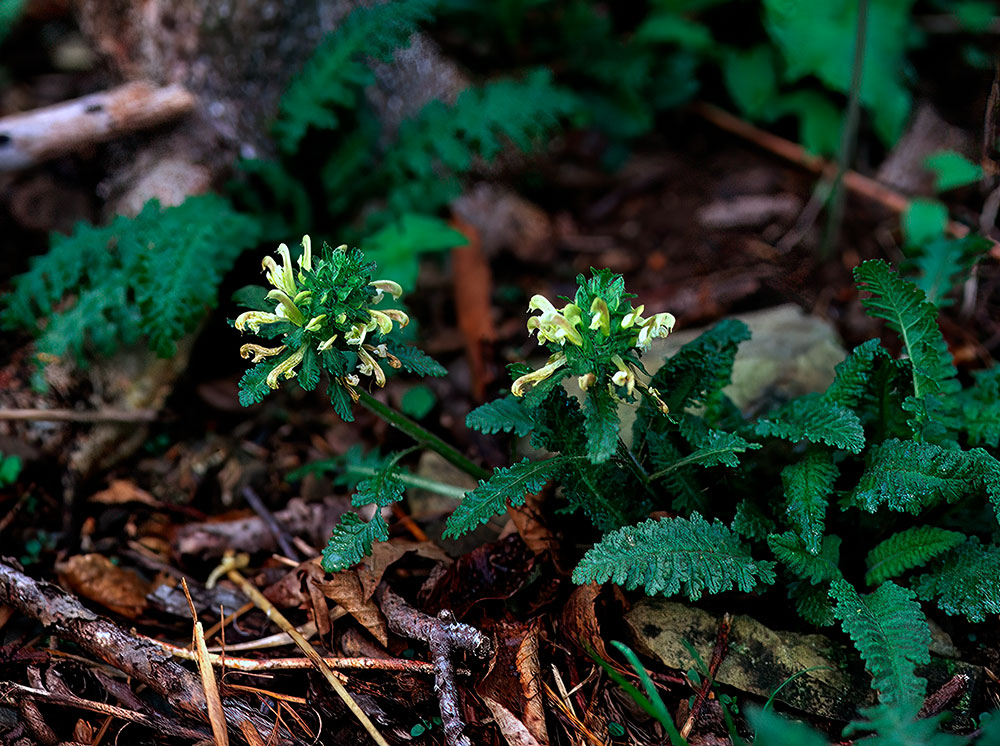
Canadian Lousewort (Pedicularis canadensis), Shenandoah National Park
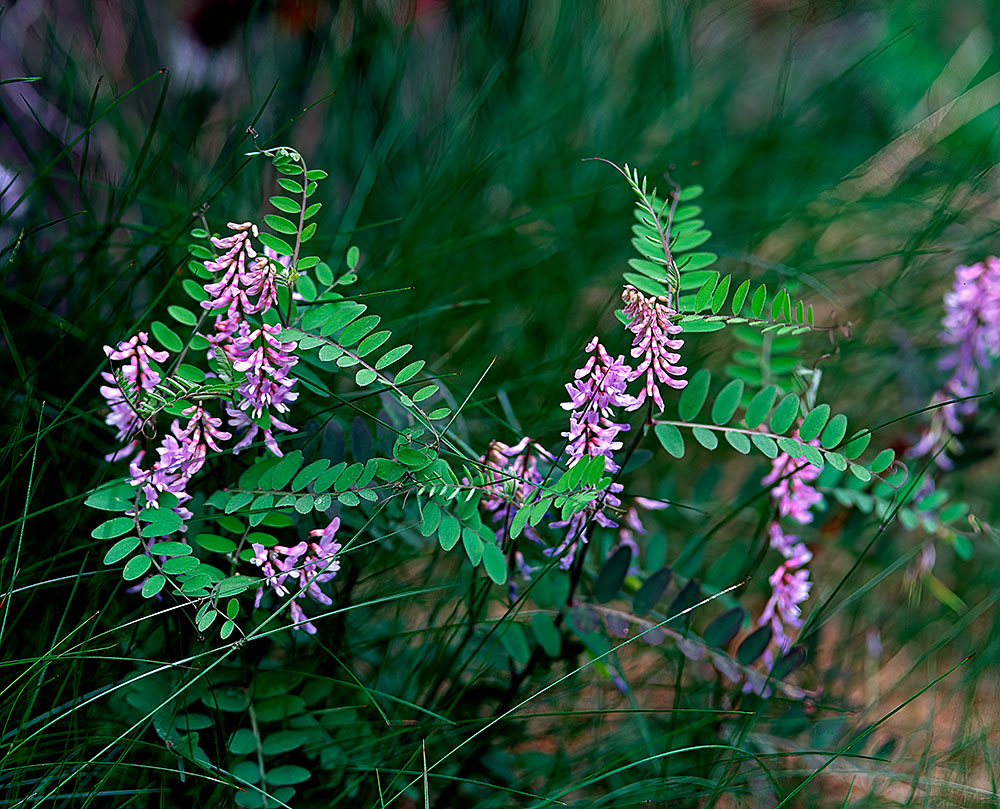
Pea plant, could for example be Tufted Vetch (Vicia cracca) or Carolina Wood Vetch (Vicia caroliniana)

Maybe Creeping Phlox (Phlox subulata), Virginia

Woodland Phlox (Phlox divaricata), Virginia

Sticky Catchfly or Wild Pink (Silene caroliniana), Virginia
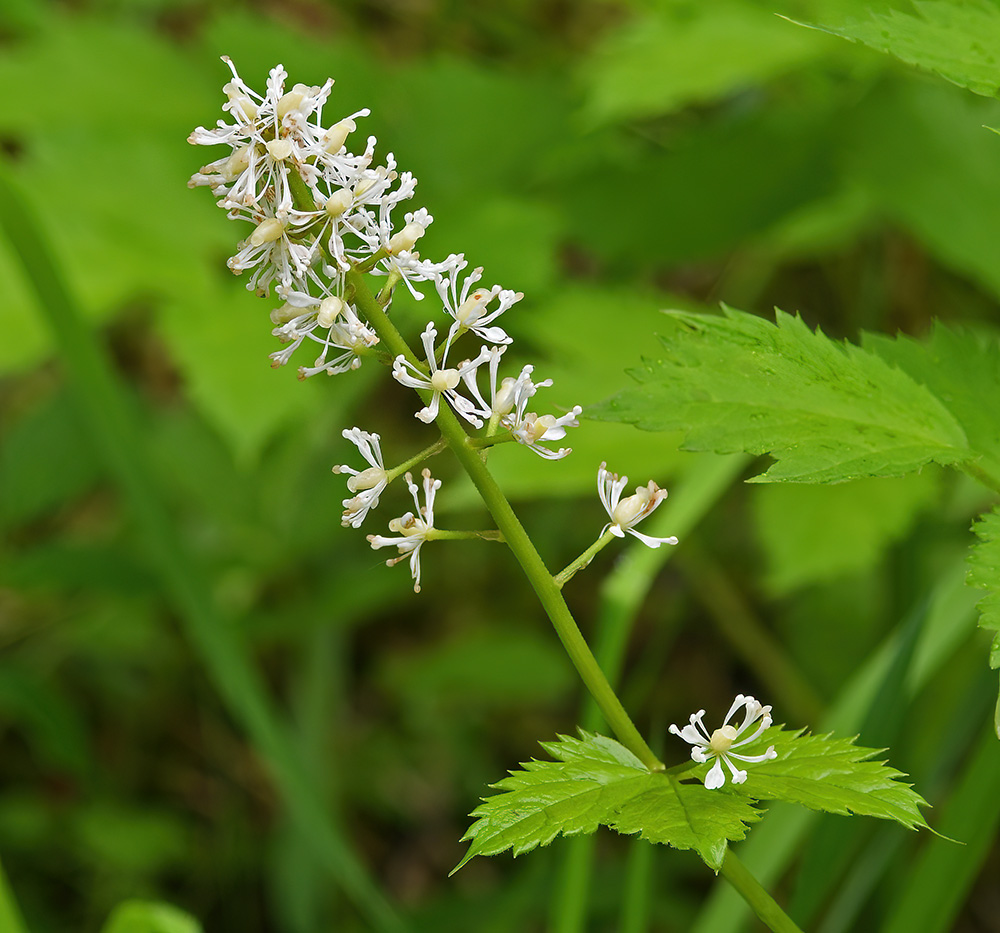
Baneberry (Actaea spicata) ("trollbær")

Garlic Mustard (Alliaria petiolata) ("løkurt")

Dame's Rocket (Hesperis matronalis) ("dagfiol")
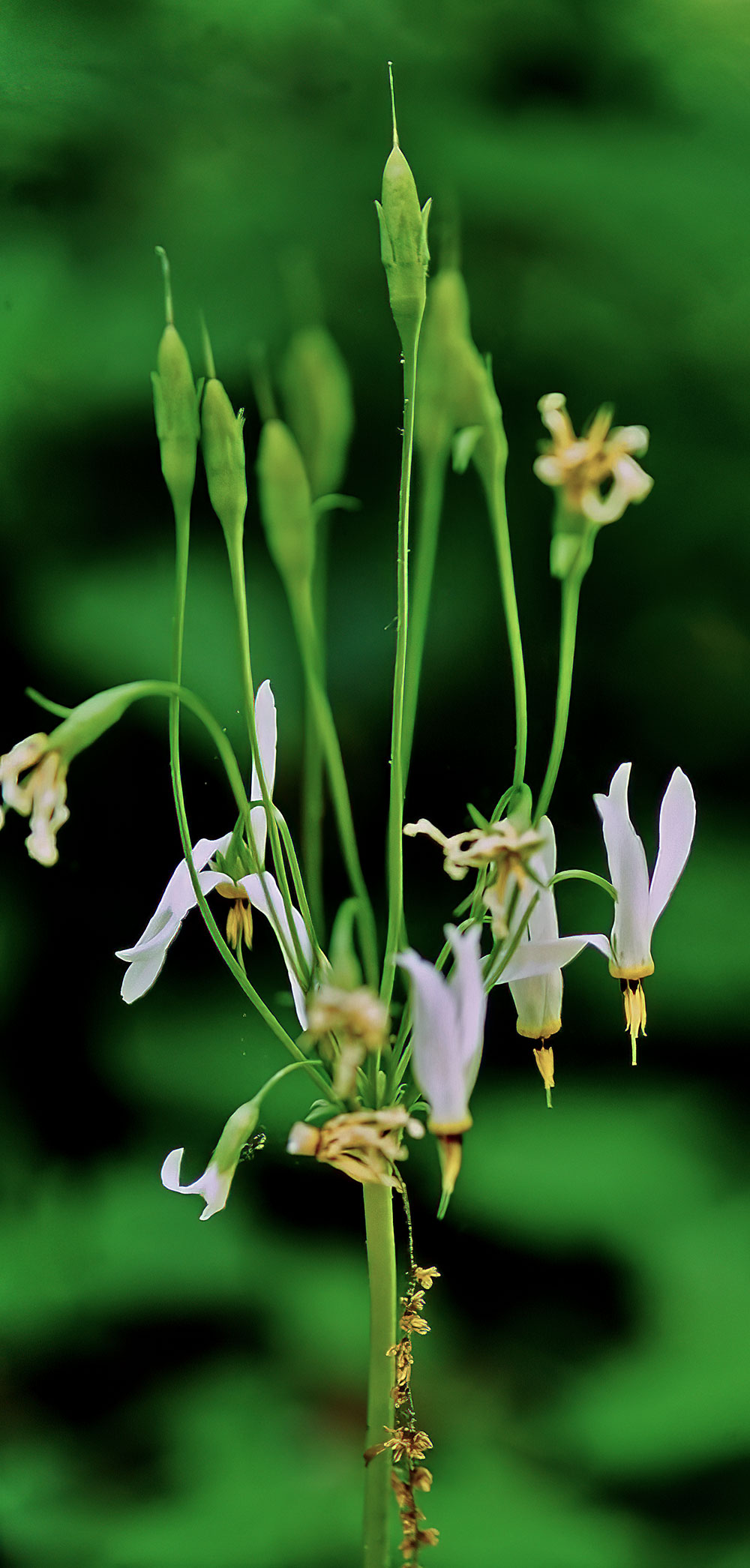
Eastern Shooting Star (Primula meadia)
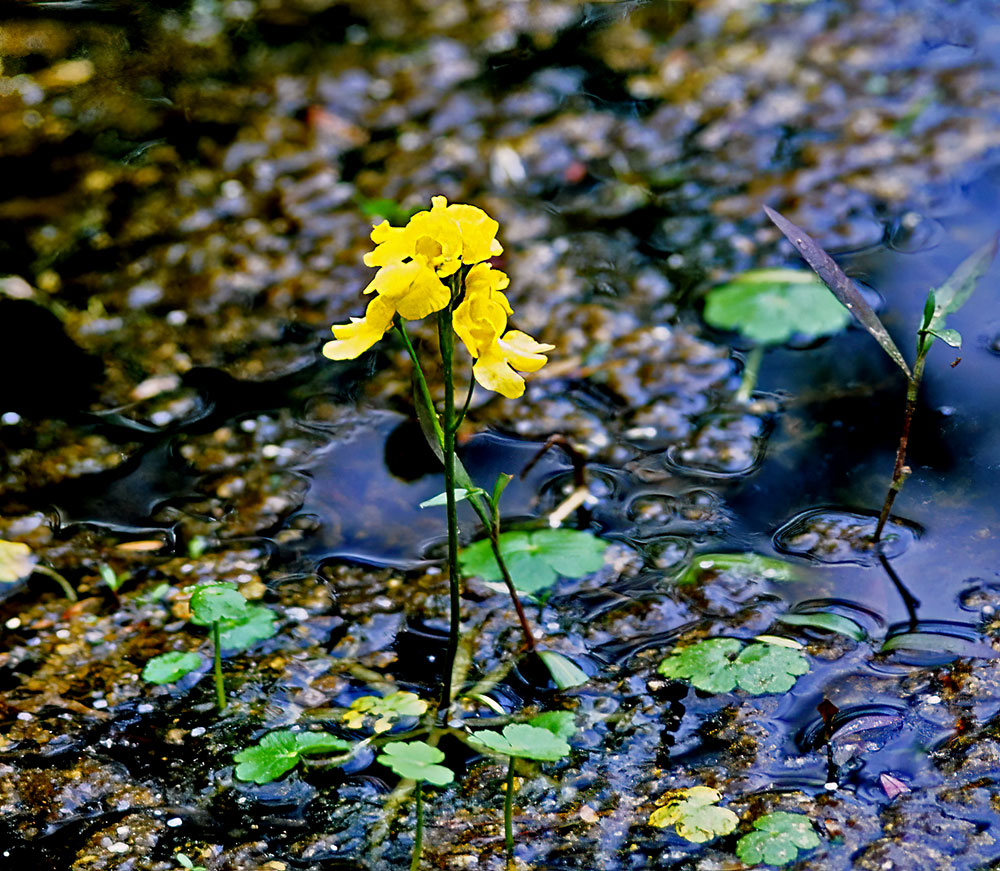
Maybe Swollen Bladderwort (Utricularia inflata)

Maybe Ground-ivy (Glechoma hederacea), Virginia. In case, and invase European plant ("korsknapp")

Maybe Field Mouse-ear (Cerastium arvense), Virginia ("storarve")
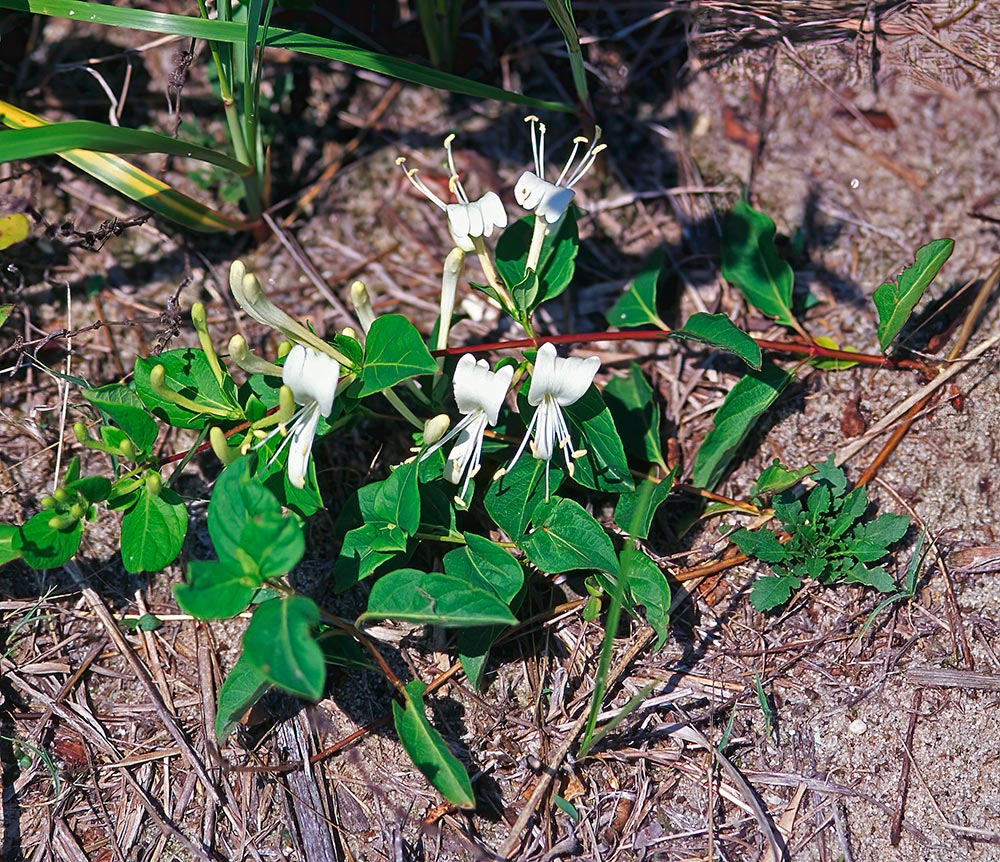
Japanese Honeysuckle (Lonicera japonica)
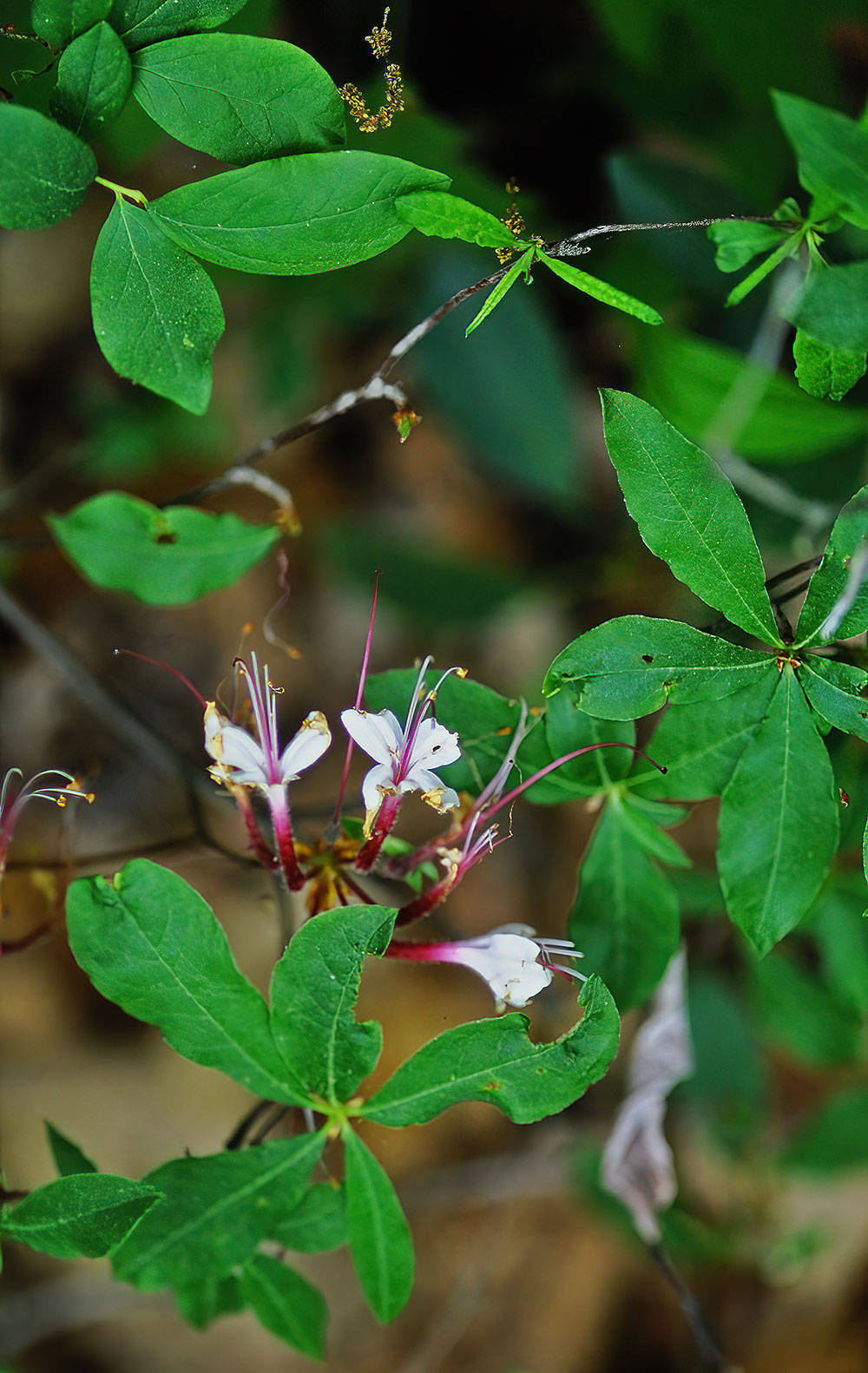
Pink Azalea (Rhododendron periclymenoides)
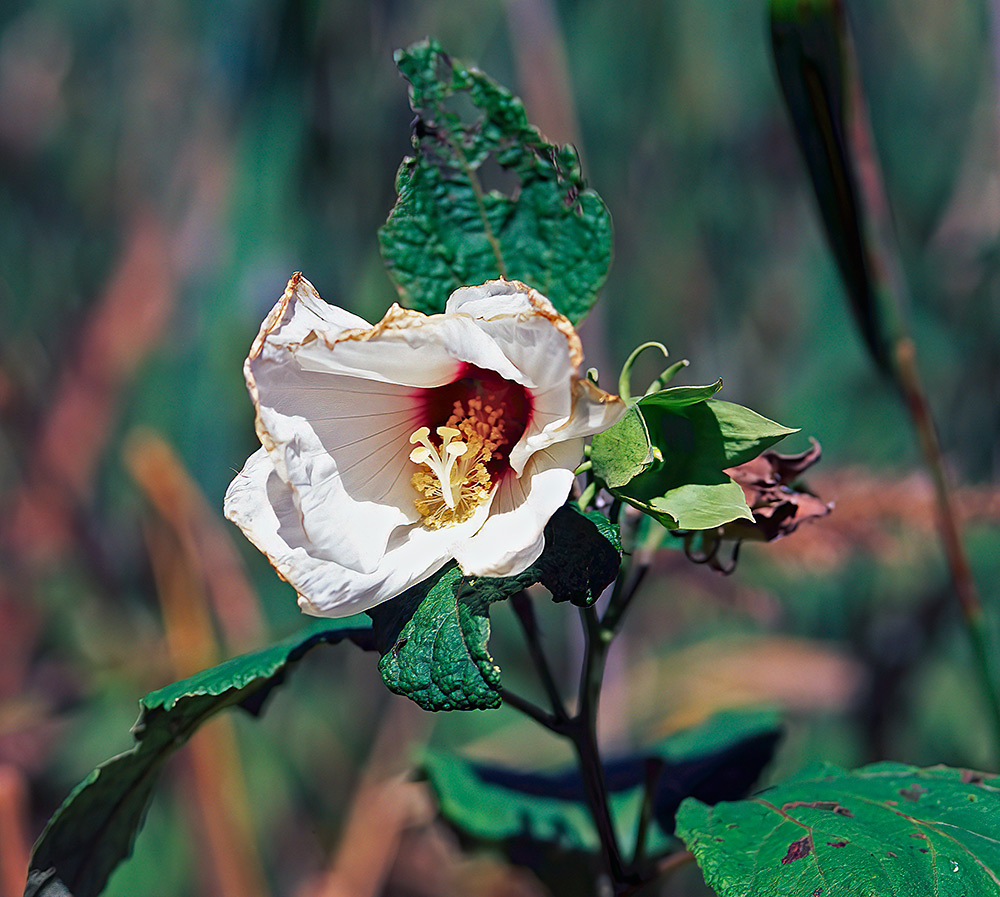
Swamp Rose Mallow (Hibiscus moscheutos), cold-hardy perennial wetland plant common in Eastern USA
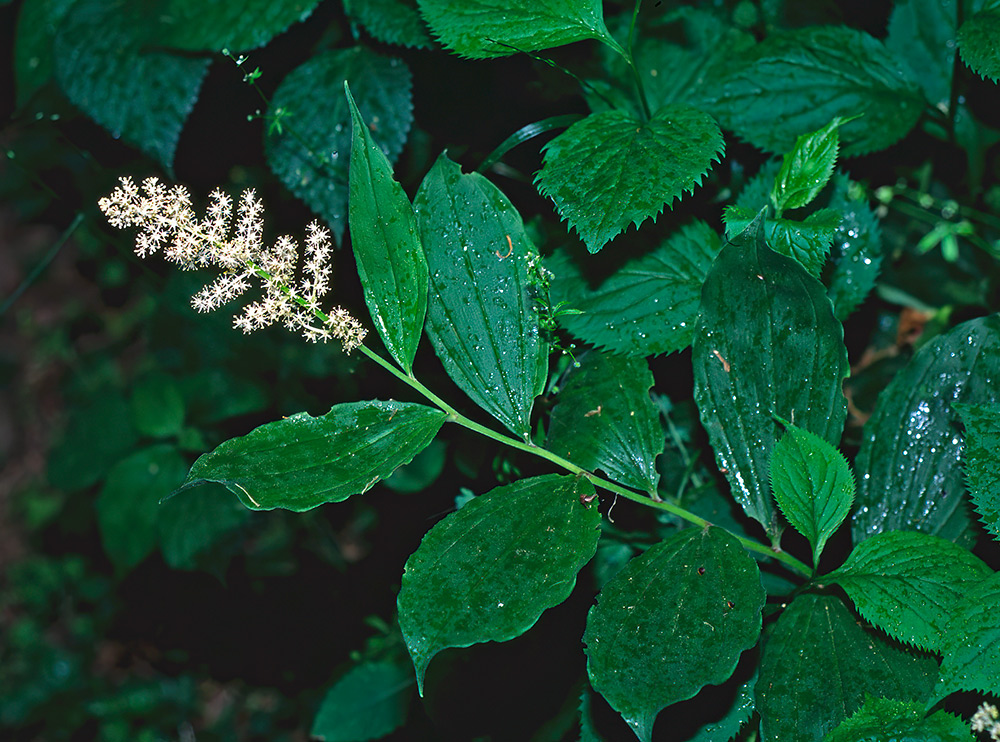
False Solomon's Seal (Maianthemum racemosum), is a common woodland herbaceous perennial plant ("toppkonvall")

Maybe Heartleaf Foamflower (Tiarella cordifolia)

Unknown mustard species, maybe Rockcress Lyrata (Arabidopsis lyrata ssp. lyreleaf)
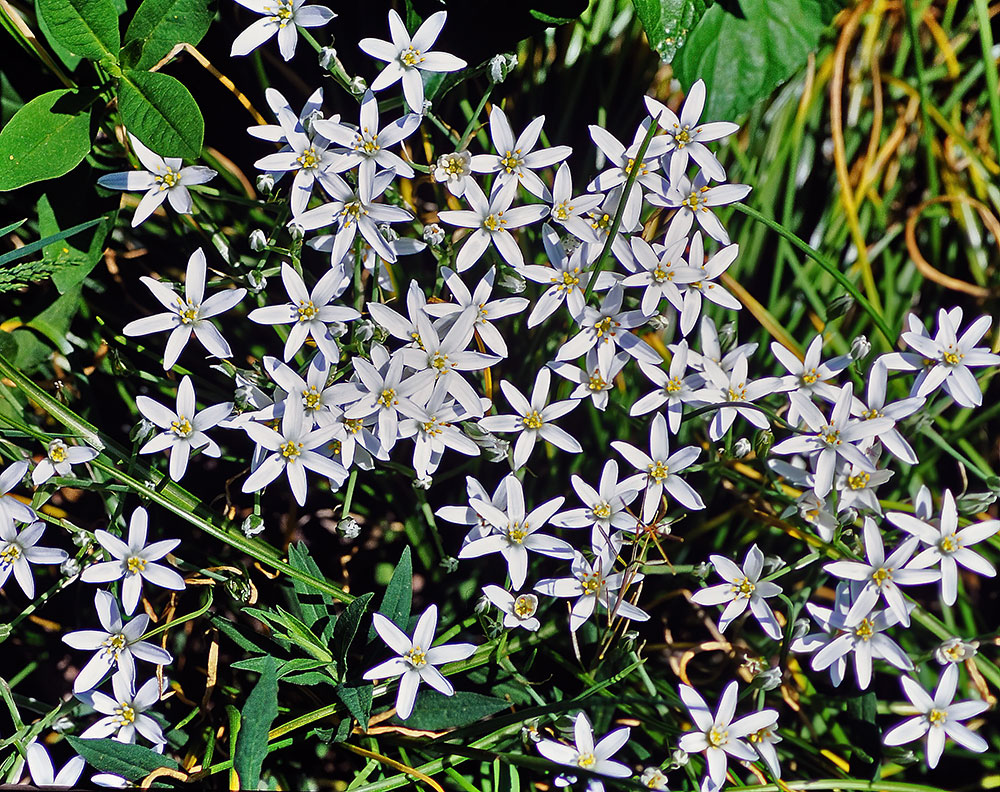
Garden Star of Bethlehem (Ornithogalum umbellatum)
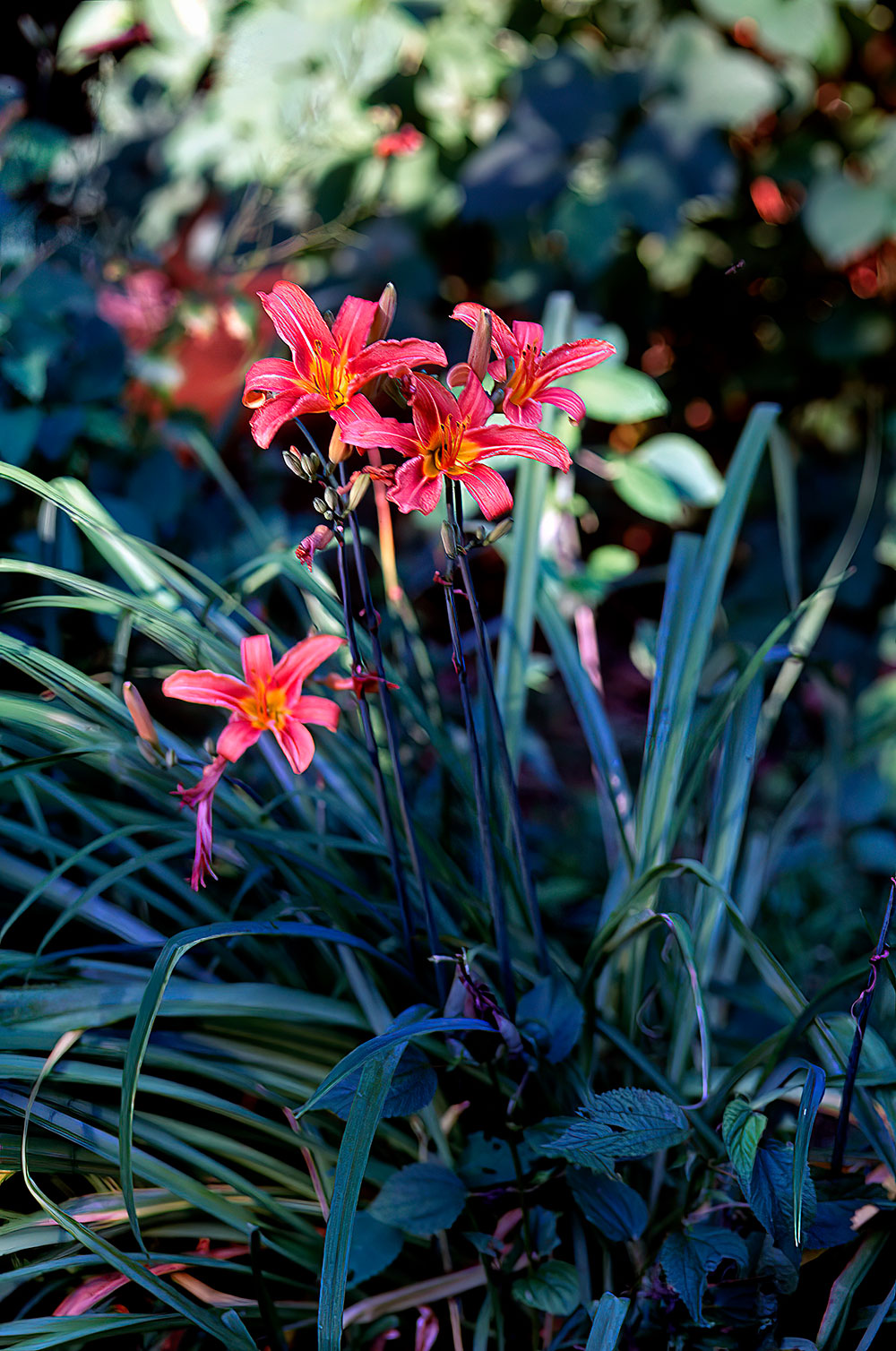
Orange Day-lily (Hemerocallis fulva)

Woodland Stonecrop (Sedum ternatum)

Maybe Blue Houndstongue (Andersonglossum virginianum)
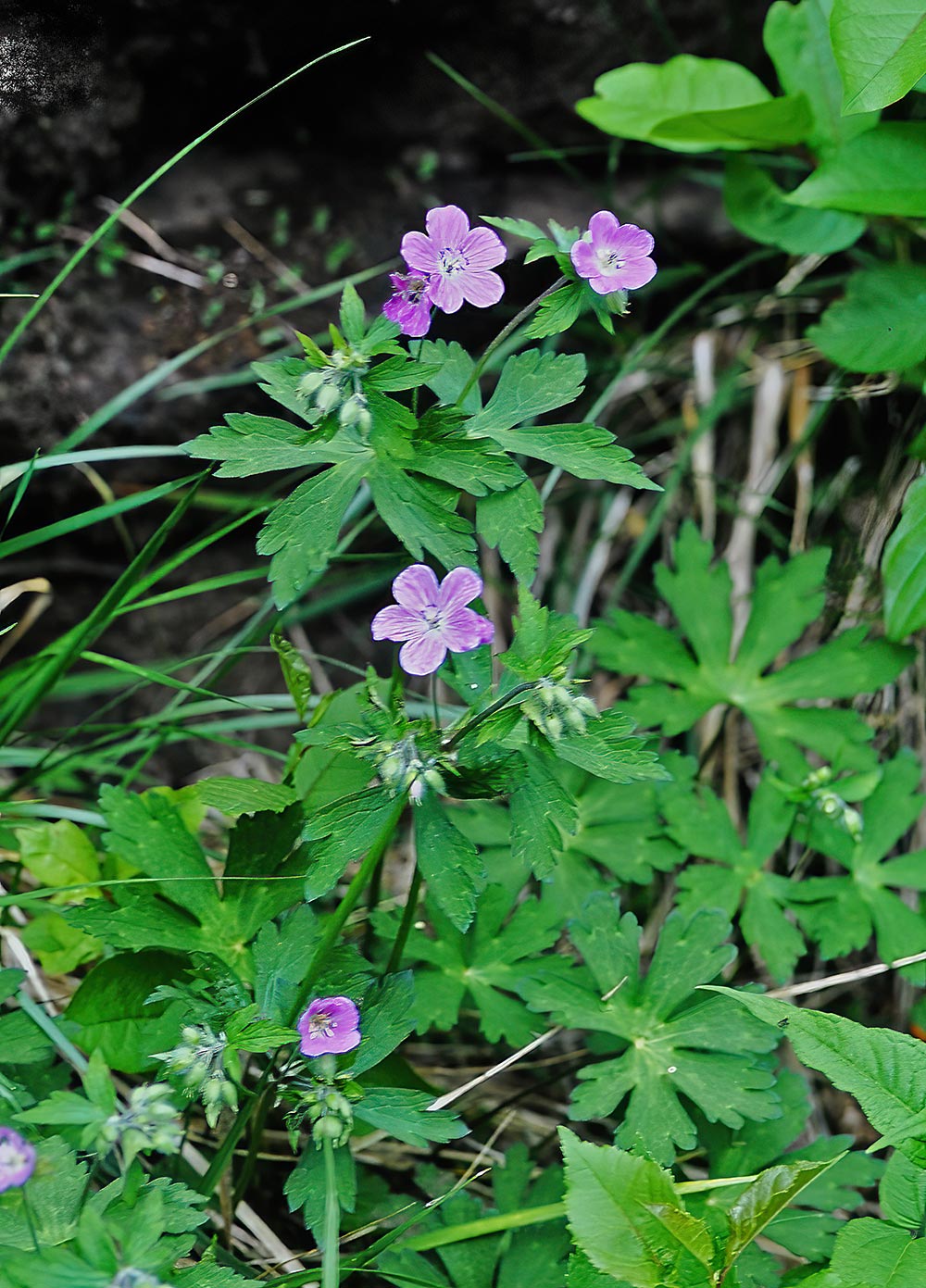
Wild Geranium (Geranium maculatum)

Bloody Geranium (Geranium sanguineum) ("blodstorkenebb")
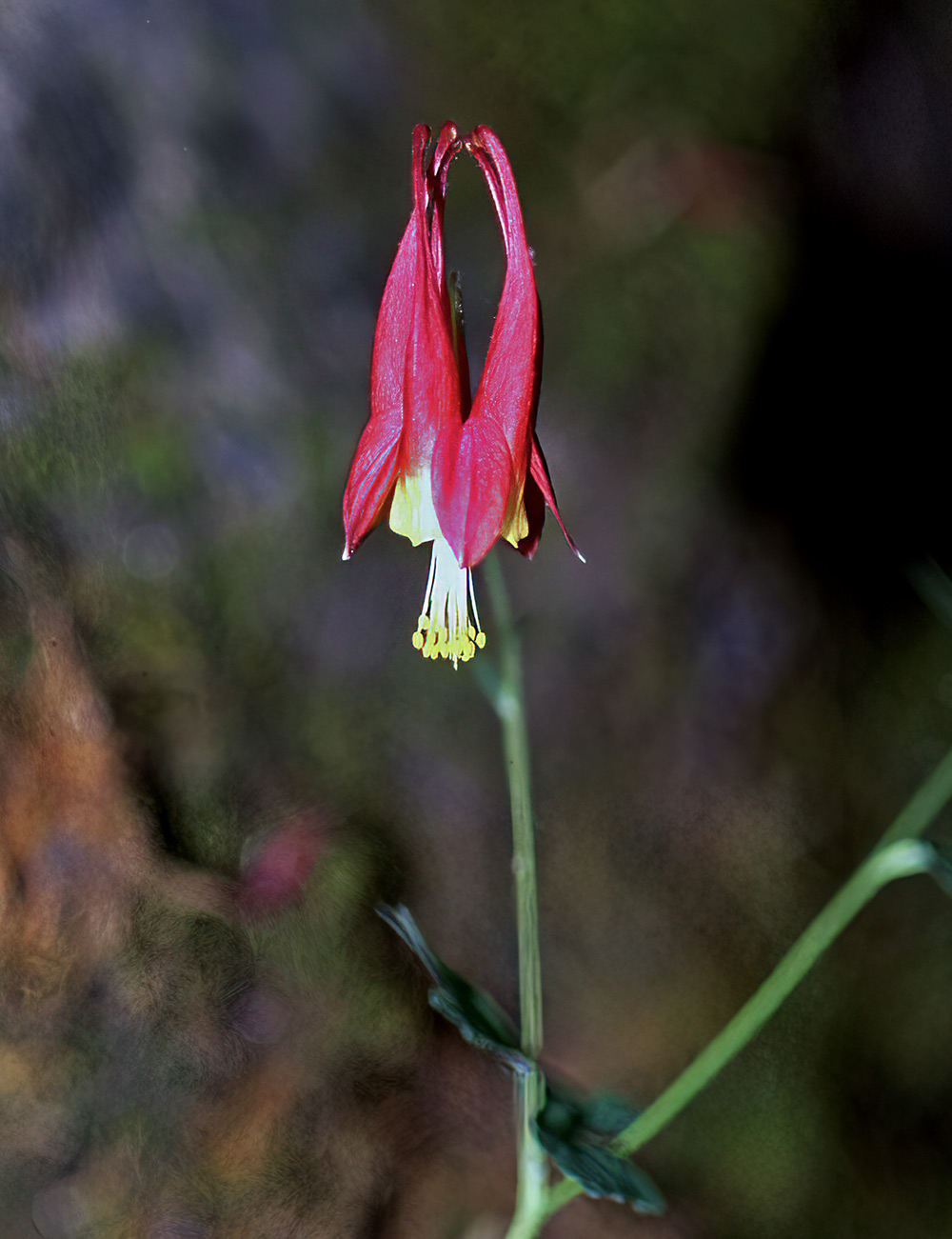
Eastern Red Columbine (Aquilegia canadensis), a woodland plant in the buttercup family

Blue-eyed-grass (Sisyrinchium montanum)
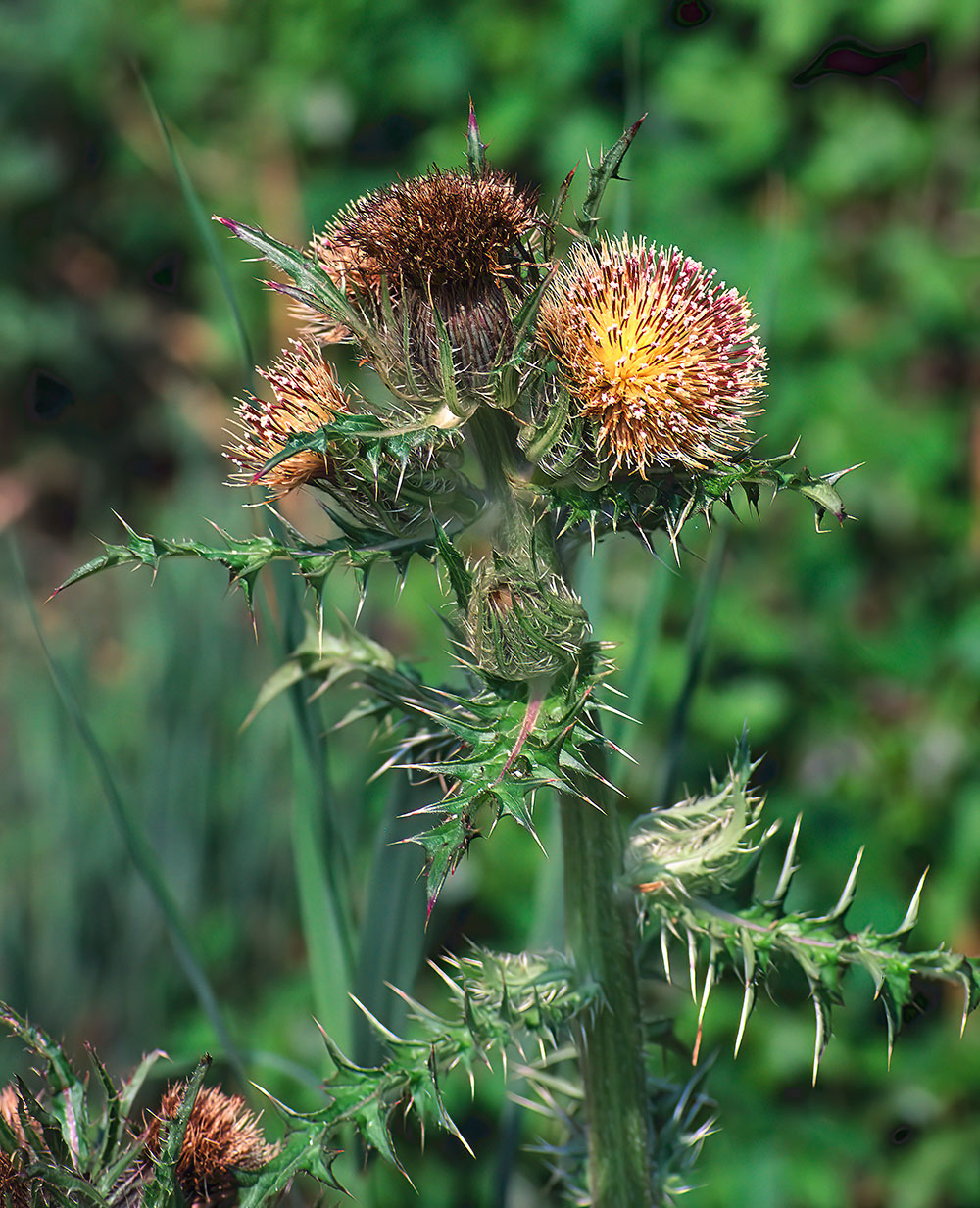
Bristly Thistle (Cirsium horridulum)
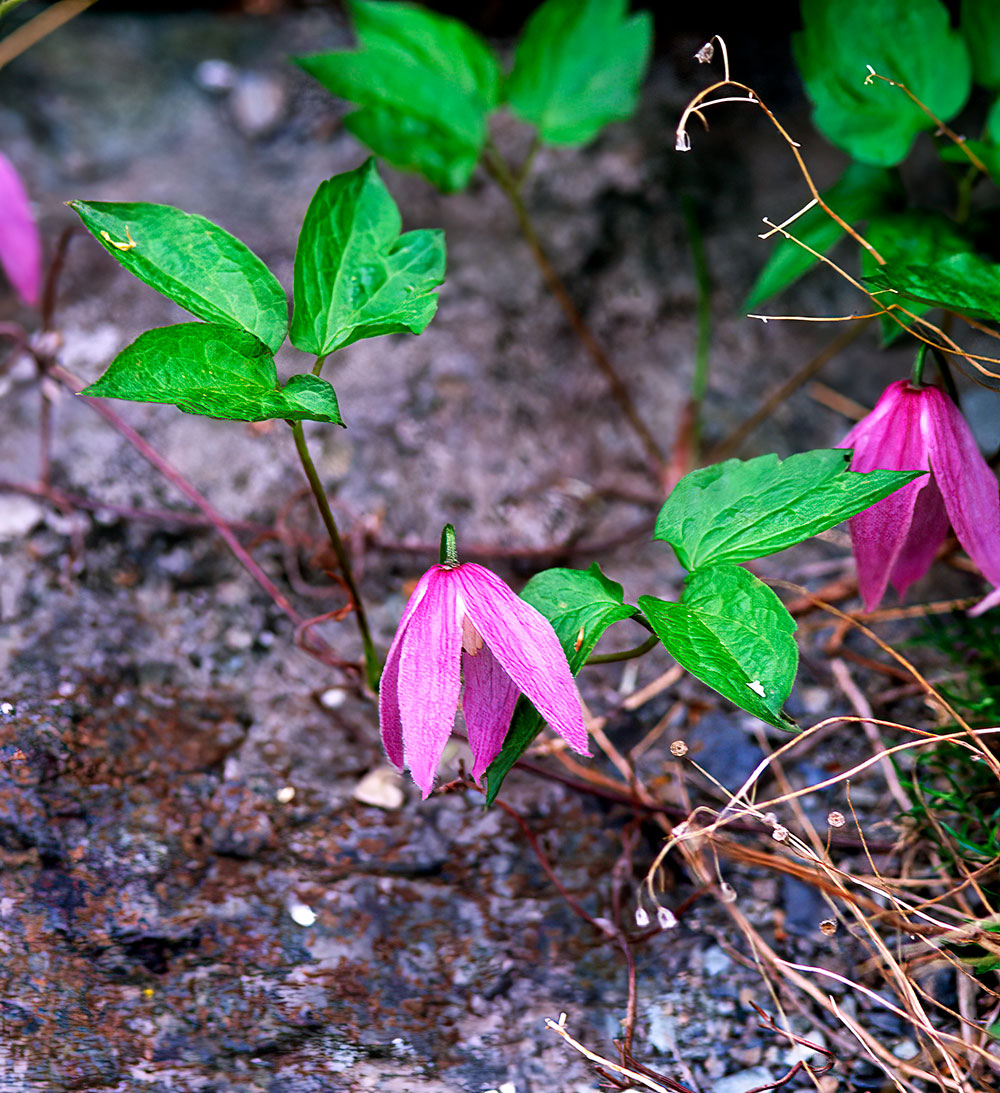
Purple Virgin's Bower (Clematis occidentalis)

A Broomrape species, maybe One-flowered Broomrape (Orobanche-uniflora). This plant does not contain chlorophyll, and is dependant on other plants to produce nutrients. The species is parasitic on a wide array of species to include the genus Sedum and members of the families Saxifragaceae and Asteraceae

Squawroot (Conopholis americana), a parisitic plant that makes its living off the roots of oak trees

Pink Lady's Slipper (Cypripedium acaule), a woodland spring orchid

Pink Lady's Slipper
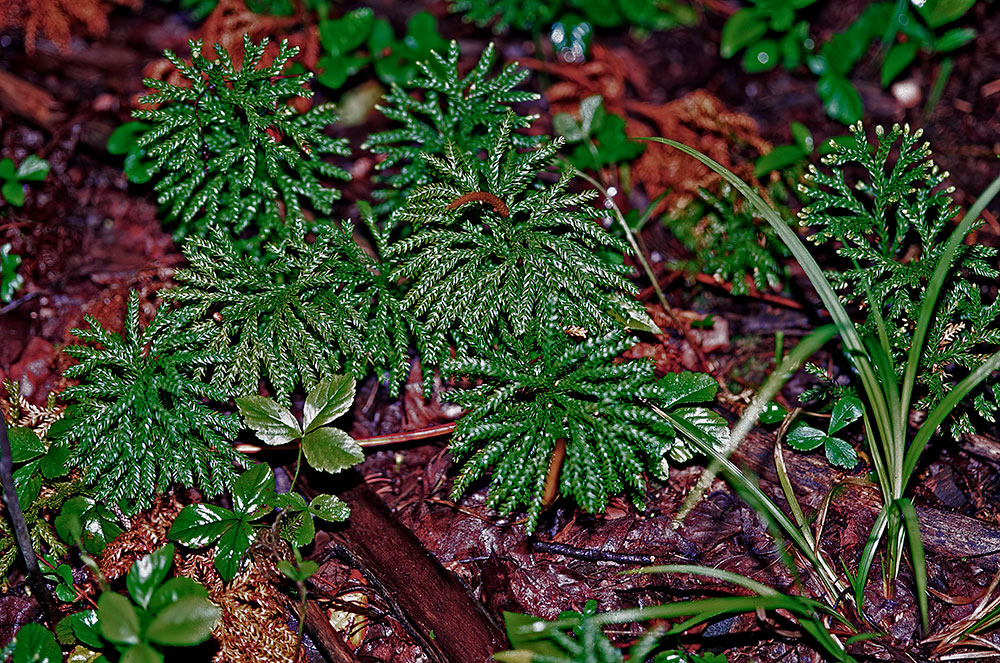
Probably Flat-branched Tree-clubmoss (Dendrolycopodium obscurum), a Lycopodiopsida species here photographed in the Cranesville Swamp. The Cranesville Swamp Preserve is a 650 ha preserve situated on the border between Maryland and West Virginia, some 4 hours drive from Baltimore. Located in Garrett County, Maryland, and Preston County, West Virginia
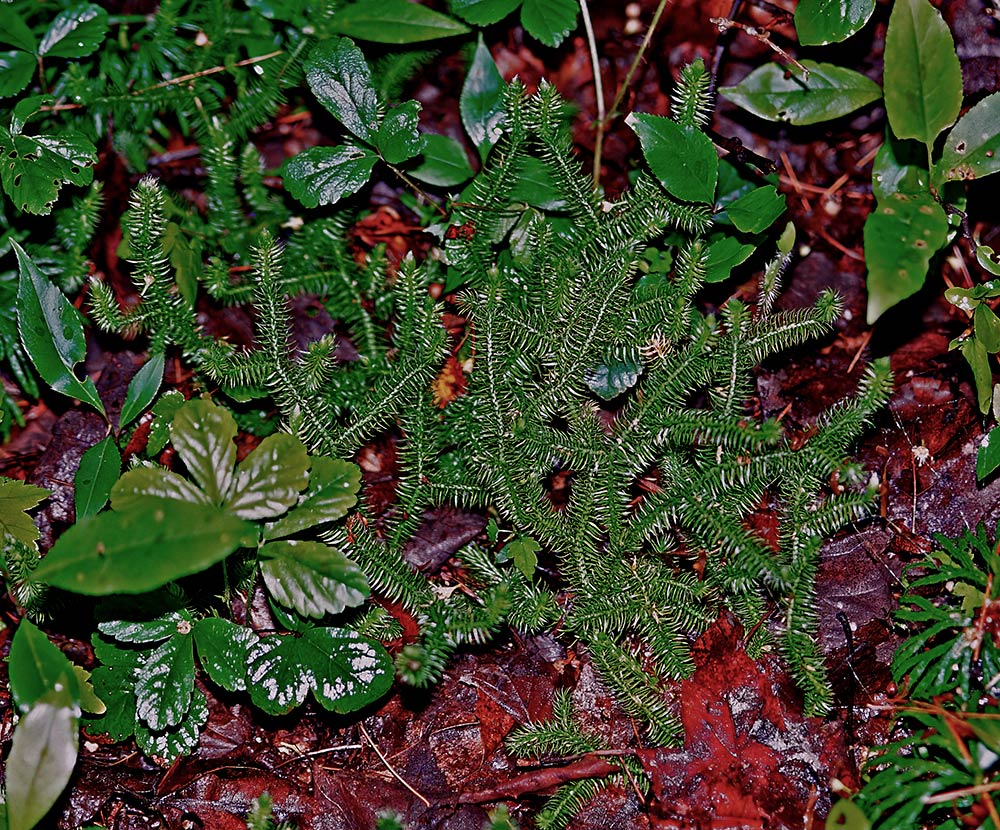
Another Lycopodiopsida species from the Cranesville Swamp. Could be Shining Clubmoss (Huperzia lucidula) or maybe Common Clubmoss (Lycopodium clavatum)

Probably Wild Lowbush Blueberry (Vaccinium angustifolium)

Sweet White Violet (Viola blanda)

Woolgrass (Scirpus cyperinus)

Bigleaf Magnolia (Magnolia macrophylla), Maryland

Yellow Iris (Iris pseudacorus), Maryland

Violet Wood-sorrel (Oxalis violacea), Maryland

A vine of some sort, Virginia

Heart Leaved Golden Alexanders (Zizia aptera), Virginia
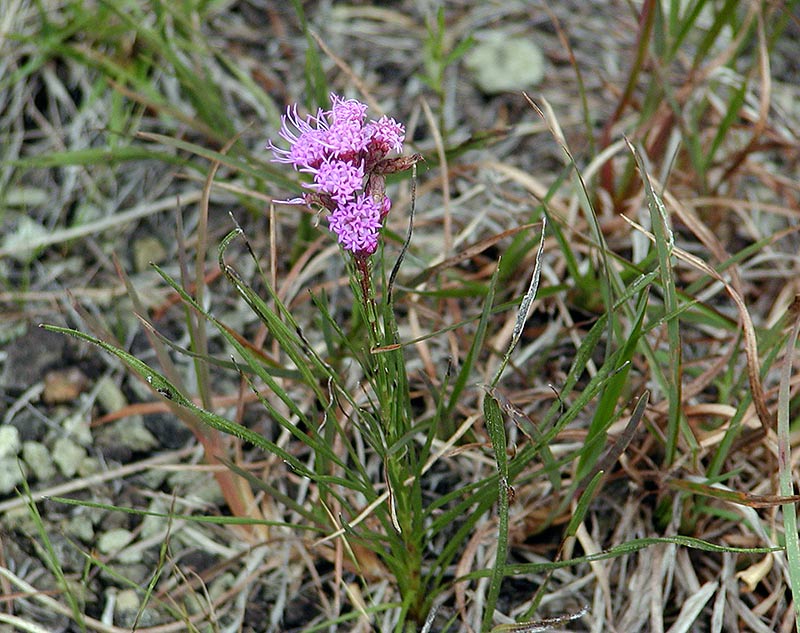
Early flowering Grass-leaf Blazing Star (Liatris graminifolia), Soldiers Delight Natural Environment Area
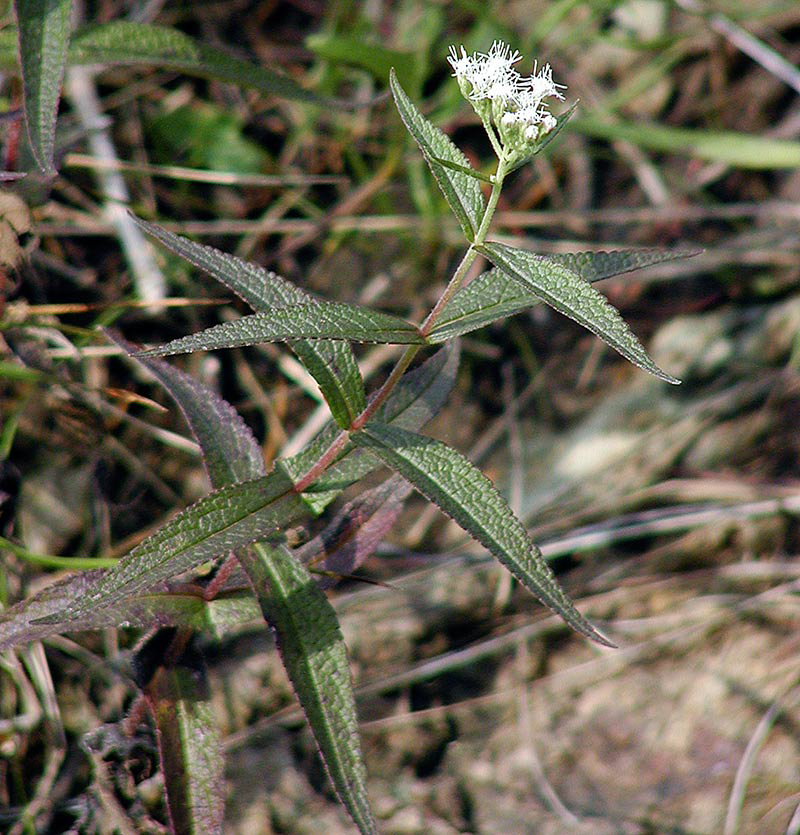
Common Boneset (Eupatorium perfoliatum), Soldiers Delight Natural Environment Area
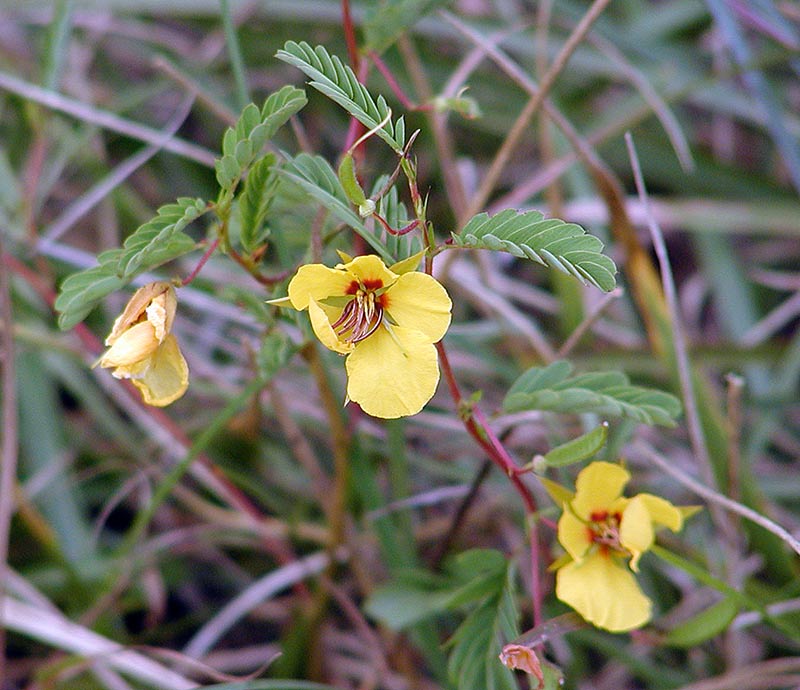
Large-flowered Partridge Pea (Chamaecrista fasciculata), Soldiers Delight Natural Environment Area

A plant growing on the serpentine barren at Soliders Delight Natural Environment Area. Could be Purple False Foxglove (Agalinis purpurea)

High-tide Bush (Iva frutescens), Chesapeake Bay region. This plant is very common in salt marsh habitat throughout its native range along the Eastern Coast. While it is tolerant of salinity, it is not very tolerant of flooding, so it tends to grow in a narrow band along the upper margins of marshes.

Saltmarsh Fleabane (Pluchea odorata), Chesapeake Bay region. In some parts of the Caribbean, this plant is a widely consumed medicinal herbal tea

Ivy-leaved Morning Glory (Ipomoea hederacea), Chesapeake Bay region
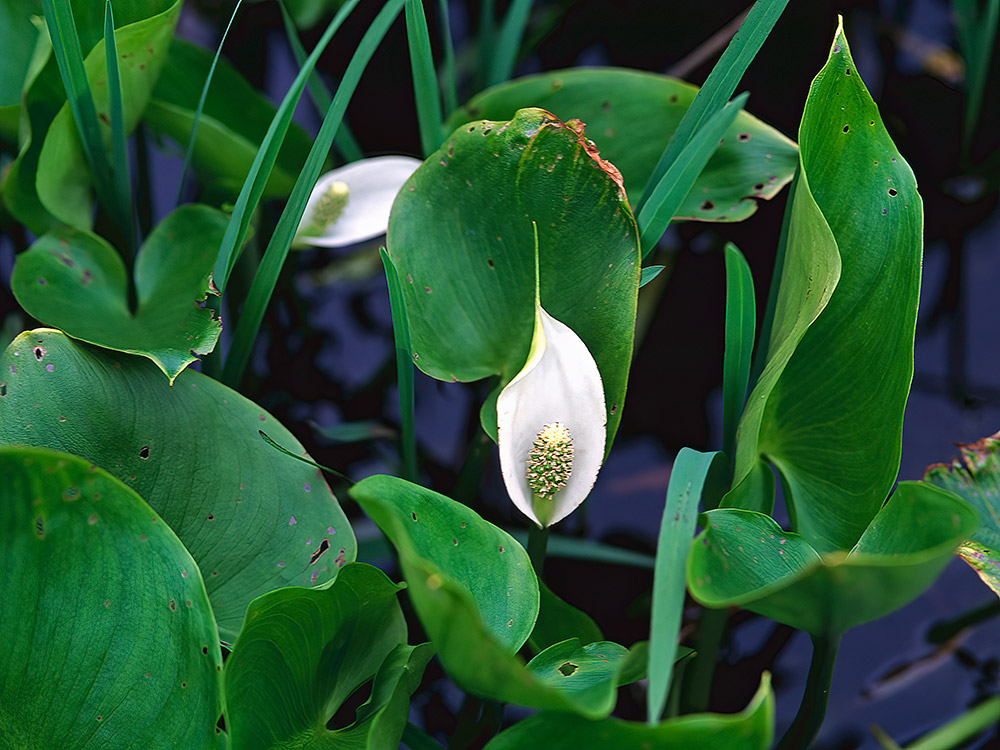
Water Arum (Calla palustris), Finzel swamp

Pickerelweed (Pontederia cordata)

Maybe Green Arrow Arum (Peltandra virginica), Chesapeake Bay region

Eastern Skunk Cabbage (Symplocarpus foetidus), Finzel Swamp

Cattail species Maryland, probably Broadleaf Cattail (Typha latifolia) ("brei dunkjevle")

Probably American Pokeweed (Phytolacca americana)

Winged Sumac (Rhus copallinum), Maryland

Black Locust (Robinia pseudoacacia), Maryland

Looks like Sweetgale or Bog Myrtle (Myrica gale), New Jersey ("pors")

Maybe Purple Crown Vetch (Securigera varia)? In case, an invasive species in many states of the US which is native to Africa, Asia and Europe. Often used throughout the United States and Canada for erosion control, roadside planting and soil rehabilitation. The sedge could be yellow-fruited fox sedge (Carex annectens)

Golden Clover (Trifolium aureum), Maryland ("gullkløver")